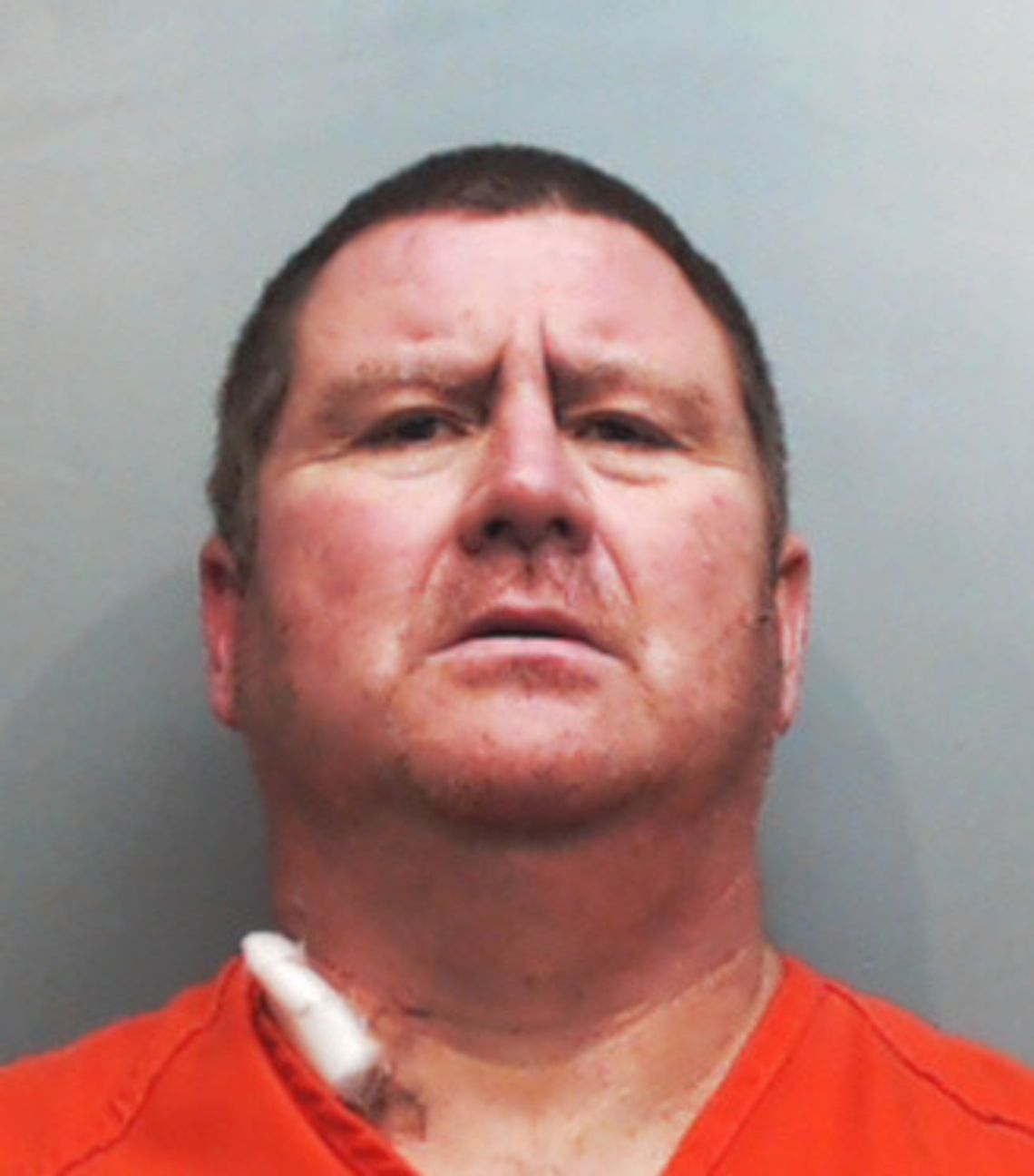PLEASE LOG IN FOR PREMIUM CONTENT. Our website requires visitors to log in to view the best local news.
Not yet a subscriber? Subscribe today!
Mettz sentenced to life without parole for death of SMPD officer
Note: The following story includes topics that may be uncomfortable for readers. Please read with caution.










